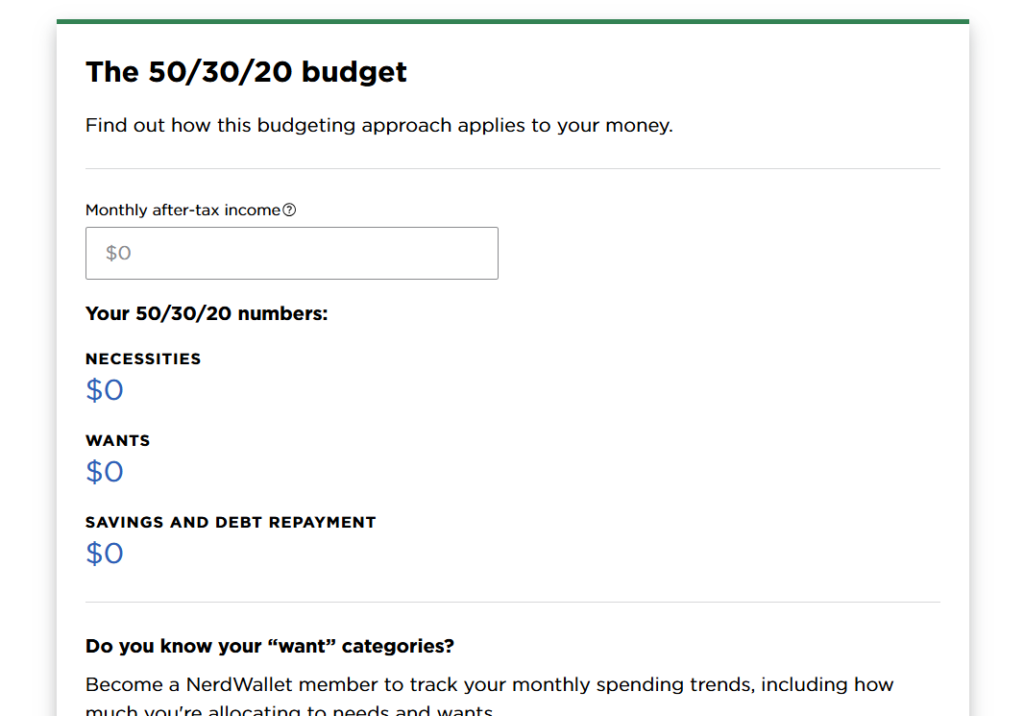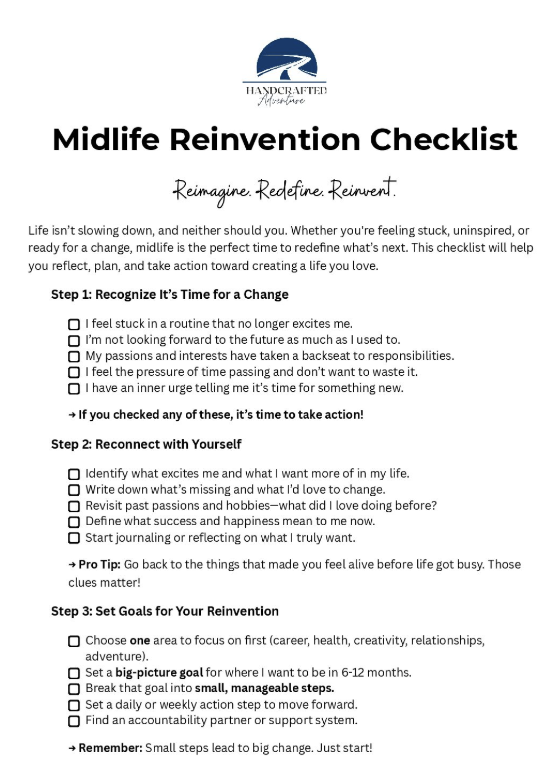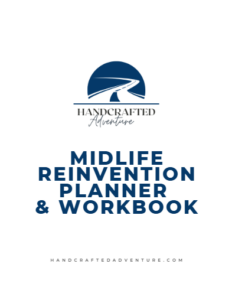Money stress isn’t just about numbers—it’s about what’s possible for your future. Whether it’s travel, early retirement, changing careers, or simply breathing easier, getting your finances in order opens the door to a more intentional life.
If you’re in your 40s or 50s and feeling behind, unsure, or overwhelmed—you’re not alone. But you’re not stuck either. Let’s break this down into simple, doable steps that support your goals and align with your values.
Step 1: Track Your Net Worth (Your Financial Snapshot)

Think of your net worth like your financial GPS. It tells you where you are right now so you can map out where you want to go.
How to calculate it:
- List your assets – things you own that have value:
- Checking & savings accounts
- Retirement accounts (401(k), IRA)
- Real estate/home equity
- Investments (stocks, mutual funds)
- Vehicles or other property (if significant)
- List your liabilities – money you owe:
- Mortgage
- Car loans
- Student loans
- Credit card balances
- Medical or personal loans
- Do the math:
Assets – Liabilities = Net Worth
Why it matters:
You don’t need a huge number to start. Just knowing your net worth helps you track progress over time. It can also highlight opportunities—like paying off a small debt or consolidating accounts.
Step 2: Understand Your Spending Habits

It’s hard to change what you can’t see. That’s why knowing where your money goes each month is key to gaining control and reducing stress.
Quick 3-Step Audit:
- Print or download 3 months of statements (bank + credit card)
- Categorize expenses into:
- Essentials: housing, groceries, insurance, gas
- Non-essentials: dining out, streaming services, subscriptions
- Highlight recurring costs that no longer serve you
Small changes, big difference:
Even cutting one $25/month subscription frees up $300 per year to put toward savings, travel, or debt. Automate essential payments and a monthly savings transfer—then let the rest of your budget flex around that.
Step 3: Use a Flexible Budget Strategy (The 50/30/20 Rule)

Budgeting can feel restrictive—but it doesn’t have to be. A flexible spending framework helps you prioritize without obsessing.
The 50/30/20 rule:
- 50% of income to needs (rent/mortgage, food, insurance, transportation)
- 30% to wants (fun, dining out, entertainment, travel)
- 20% to savings and debt payoff
Adjusting the rule:
Not everyone fits into these exact percentages. If you’re playing catch-up, you might aim for:
- 30% savings, 20% wants, and 50% needs
It’s less about perfection and more about intentionality.
💡 Try this: Review your current breakdown using an online calculator like NerdWallet’s 50/30/20 Budget Calculator.
Step 4: Catch Up on Retirement Savings—Even If You’re Starting Late

If you’re in your 40s or 50s and feel behind, don’t panic. Midlife is actually a powerful time to build wealth—with more earning potential and focus than ever before.
Start with tax-advantaged accounts:
- 401(k): Contribute at least up to the employer match (it’s free money!)
- Catch-up contributions: If you’re 50+, you can add an extra $7,500 in 2024 to your 401(k)
- Roth IRA: Allows for tax-free withdrawals in retirement
Next, invest for growth:
- Focus on low-cost index funds (e.g., S&P 500 or total market funds)
- Stay invested—even when markets fluctuate
- Rebalance yearly to keep your portfolio aligned
Note: A 50-year-old who invests $600/month in a diversified fund with 7% return can still grow a nest egg of over $150,000 in 10 years. (1)
Step 5: Add New Income Streams to Buy Your Freedom

The fastest way to increase savings? Make more money. Adding new income doesn’t mean working more hours—it means working smarter.
Ideas to explore:
- Freelancing or consulting in your current field
- Monetizing your hobbies: write a guide, sell photos, create digital downloads
- Passive income: rental property, dividend funds, selling products (e.g., planners, courses)
Start with something that aligns with your skills and doesn’t require a huge upfront investment.
Check out 100 Side Hustles: Unexpected Ideas for Making Extra Money Without Quitting Your Day Job by Chris Guillebeau (hardcover & kindle)
Final Thoughts: Financial Reinvention = Life Reinvention

Money is a tool. Not for hoarding—but for creating a life that feels free, adventurous, and true to your values.
Start with one small step this week:
- Calculate your net worth
- Cancel one unused subscription
- Bump up your 401(k) contribution by 1%
- Brainstorm side hustle ideas over coffee
Whatever it is, take action. Future-you will thank you.
What’s your next move?
Let me know in the comments or DM me on Instagram @handcraftedadventure!
Related Resources



Want more tools to help you build a life you love?
Sign up for the Handcrafted Adventure newsletter and get exclusive travel tips, adventure ideas, and wellness insights—plus your FREE Adventure & Life Planner Bundle, including the Weekly Adventure Planner and Kickstart Guide. You’ll also get early access to new blog posts, products, and inspiration to help you reset, refocus, and embrace what’s next.
References
- Internal Revenue Service. Retirement Topics – Contribution Limits. IRS.gov. Published 2024. Accessed March 23, 2025. https://www.irs.gov/retirement-plans/plan-participant-employee/retirement-topics-contribution-limits
- Consumer Financial Protection Bureau. Measuring financial well-being: A guide to using the CFPB Financial Well-Being Scale. CFPB. Published 2015. Accessed March 23, 2025. https://files.consumerfinance.gov/f/201512_cfpb_financial-well-being-user-guide-scale.pdf
- Vanguard. How America Saves 2023. Vanguard Institutional. Published 2023. Accessed March 23, 2025. https://institutional.vanguard.com/insights-and-research/how-america-saves
- U.S. Securities and Exchange Commission. Beginners’ Guide to Asset Allocation, Diversification, and Rebalancing. Investor.gov. Accessed March 23, 2025. https://www.investor.gov/introduction-investing/investing-basics/investment-products/stocks
- Ramsey Solutions. How the Debt Snowball Method Works. RamseySolutions.com. Accessed March 23, 2025. https://www.ramseysolutions.com/debt/how-the-debt-snowball-method-works
- Fidelity Investments. How to budget: The 50/15/5 rule. Fidelity Viewpoints. Published 2023. Accessed March 23, 2025. https://www.fidelity.com/viewpoints/personal-finance/how-to-budget
- NerdWallet. 50/30/20 Budget Calculator: How to Use the Rule. NerdWallet.com. Accessed March 23, 2025. https://www.nerdwallet.com/article/finance/50-30-20-budget-calculator
Disclaimer
The information provided in this blog post is for general informational and educational purposes only and is not intended as financial, investment, legal, or tax advice. Handcrafted Adventure and its contributors are not licensed financial professionals. Any actions you take based on the information in this post are at your own risk. Always consult with a qualified financial advisor, accountant, or legal professional before making decisions related to your personal finances, investments, or retirement planning. Handcrafted Adventure assumes no responsibility or liability for any errors or omissions in the content provided.
